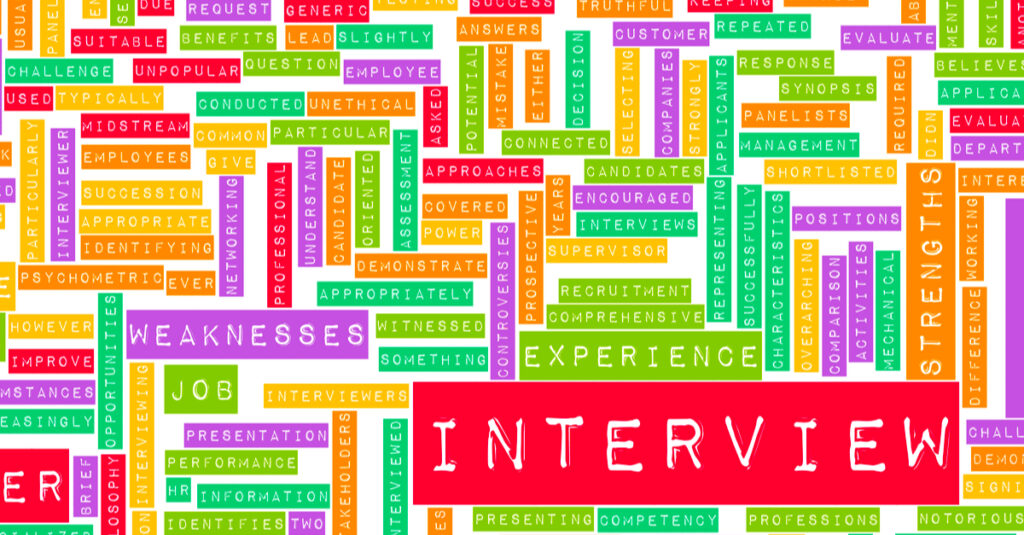A candidate interview often falls into the pattern of asking about his or her experience, the question of, “Where do you see yourself in five years?” and so on. However, a more unusual method of candidate interviews involves delving into how the person would address certain problems.
One example of this approach involves presenting a candidate with a drawing of a grid of boxes, say five across and ten down. The interviewer asks the candidate how he or she would get from the upper left-hand corner to the lower right. The answer would say a lot about how the candidate approaches problems.
If the candidate draws a line that goes between the boxes, making many changes of direction before getting to the end, the answer suggests a person who likes to come up with complex answers. However, if the candidate draws a vertical line down one side of the boxes diagram and then across the bottom, he or she has demonstrated a mind that likes simple and easily understood solutions to problems. In many cases, the latter candidate may be preferable to the former.
A different way to ascertain the candidate’s problem-solving ability, often used in IT but adaptable to other areas of business, is to present him or her with a system error. Suppose a payroll program is miscalculating net weekly pay. How does the candidate find the error’s source and suggest a correction? The answer that the candidates give can be illuminating on a number of levels.
This approach has no single correct answer, but the candidate’s response will indicate how he or she approaches problem-solving, whether with a step-by-step approach or an intuitive one. The interviewer can thus obtain a good impression of the candidate’s skills and whether he or she would be a good fit for the company.

